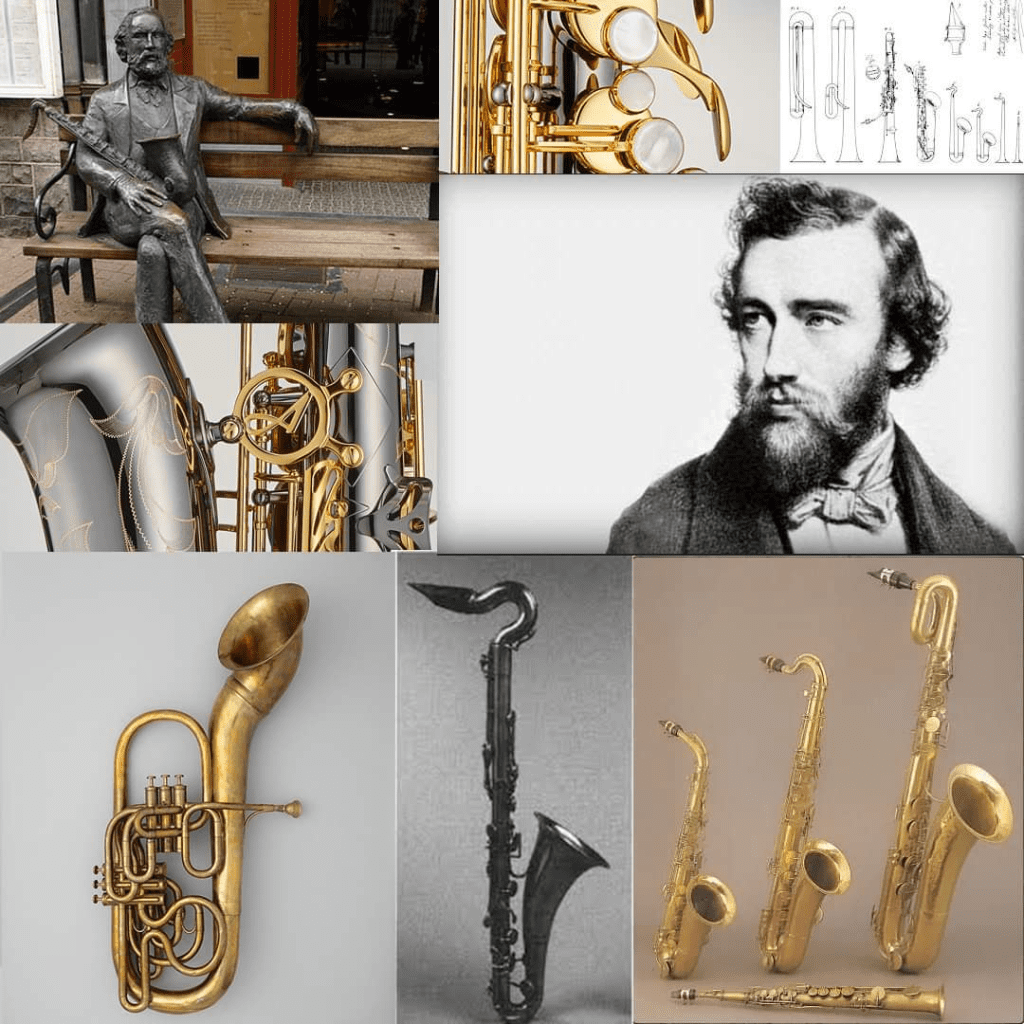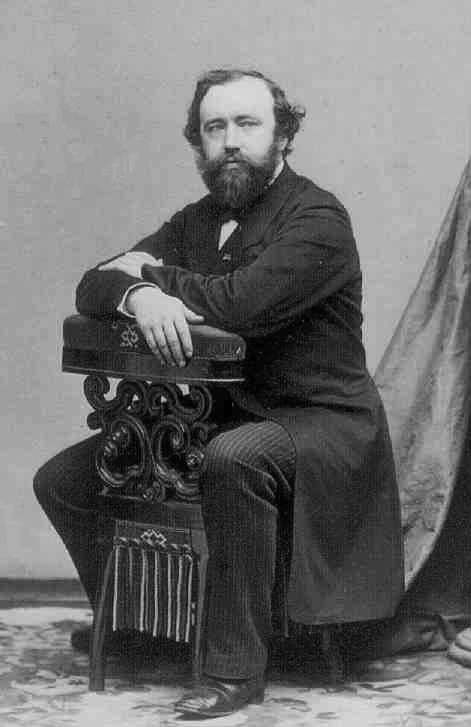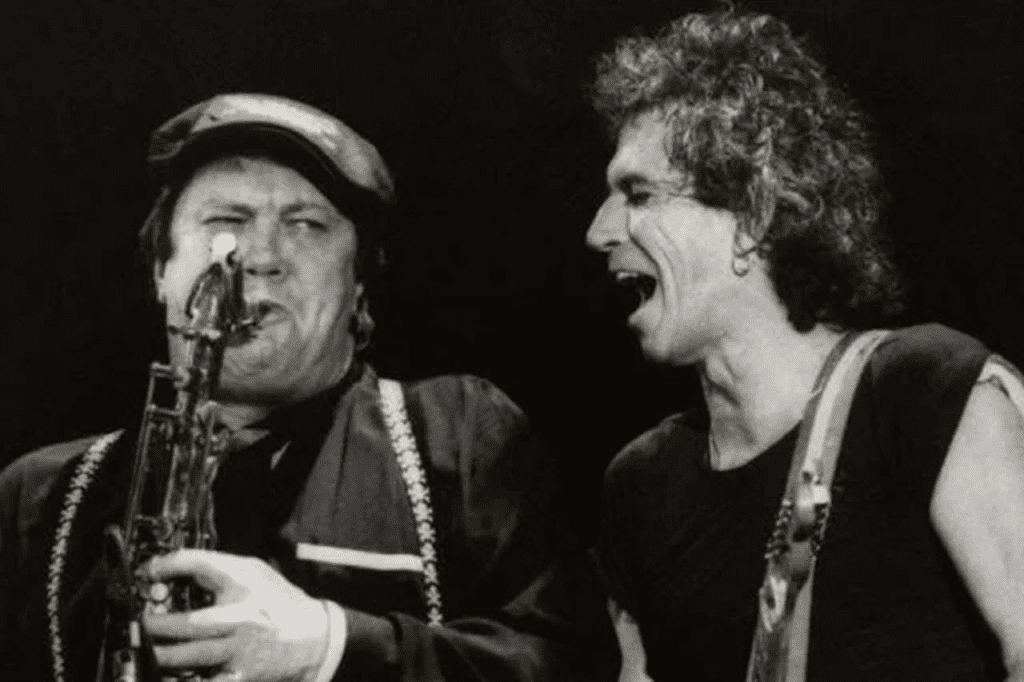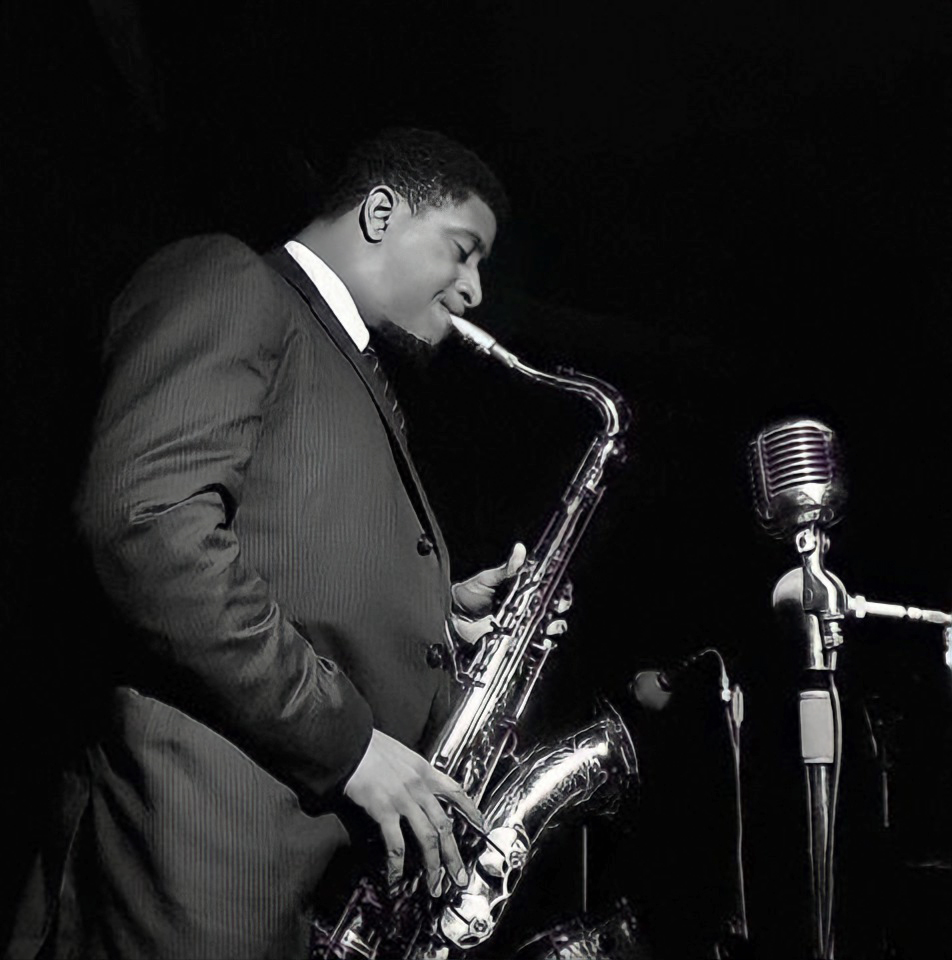In 1846, a revolution in music took place when Adolphe Sax patented the saxophone. This instrument, blending the sound of brass and woodwinds, introduced a bold new voice to the music world. Despite numerous challenges, including financial struggles and legal battles, Sax’s creation became indispensable in genres such as jazz, classical, and pop music. Over a century and a half later, the saxophone’s legacy continues to resonate around the globe, embodying the rich history of music evolution.

Adolphe Sax: The Man Behind the Iconic Instrument
Adolphe Sax was born in 1814 in Belgium, and from a young age, he displayed a remarkable interest in music and sound. He was a skilled instrument maker and musician, experimenting with various designs to improve existing wind instruments. His goal was to create an instrument that would combine the best qualities of both the brass and woodwind families loudness, warmth, and flexibility.

Sax’s invention was not an easy feat. He had to navigate a turbulent path filled with financial troubles and intense legal challenges from competitors who feared his creation would undermine their own instruments. Despite these setbacks, Sax was determined to see his vision come to life, and in 1846, he patented the saxophone. The instrument’s design was unique, featuring a brass body with a single-reed mouthpiece, similar to a clarinet, but capable of producing a powerful, smooth tone that could bridge the gap between the woodwinds and brass sections of an orchestra.
Video:
The Unkillable Weirdo Who Invented The Saxophone • Puppet History
The Saxophone’s Role in Classical Music
When the saxophone was first introduced, it quickly caught the attention of composers and musicians in the classical world. Although it took some time for the instrument to find its place, it eventually became a beloved part of orchestral and military band music. Composers like Hector Berlioz and Claude Debussy were among the first to recognize the saxophone’s potential, incorporating it into their compositions.

In the classical setting, the saxophone’s ability to produce both lyrical and percussive tones made it a versatile addition to the orchestra. Over time, more composers embraced the saxophone, leading to the creation of a vast repertoire of classical works for the instrument. Today, the saxophone remains a prominent feature in concert bands and orchestras, adding a unique sound that bridges the gap between traditional wind instruments and brass.
The Birth of the Saxophone in Jazz
While the saxophone’s role in classical music was established early on, it was in jazz where the instrument truly flourished. In the early 20th century, jazz music was undergoing a transformation, and the saxophone became an essential part of its identity. With its rich, expressive sound and ability to convey a wide range of emotions, the saxophone was a natural fit for jazz’s improvisational style.
Video:
History of the Saxophone (THE INSTRUMENTALS – Episode 6)
Iconic musicians like Charlie Parker, John Coltrane, and Lester Young are often credited with pushing the boundaries of the saxophone in jazz. Their groundbreaking work introduced new techniques and tonal possibilities, solidifying the saxophone’s status as one of the most important instruments in jazz history. The instrument’s ability to bend notes, produce smooth, fluid phrases, and create a sense of spontaneity made it the perfect voice for the genre.
The saxophone’s role in jazz music continues to thrive, with modern saxophonists such as Kenny G, Joshua Redman, and Branford Marsalis continuing to shape the sound of jazz today. Their contributions have ensured that the saxophone remains an essential instrument in jazz music, echoing its rich legacy throughout the genre.
The Saxophone’s Influence in Pop and Contemporary Music
Beyond jazz and classical music, the saxophone has also left its mark on pop and contemporary music. From the 1960s to the present day, the saxophone has been a defining element in many hit songs, adding a distinct flavor to pop, rock, and R&B. The instrument’s soulful, smooth sound can be heard in iconic songs like “Baker Street” by Gerry Rafferty, “Careless Whisper” by George Michael, and “Jungleland” by Bruce Springsteen.
In these songs, the saxophone plays a crucial role in shaping the mood and energy of the track. Whether adding a sense of melancholy, passion, or excitement, the saxophone’s ability to communicate emotion with a single note has made it a favorite in the pop music scene.

The saxophone has also become a staple in modern film scores and advertisements, often used to evoke a sense of nostalgia or create a dynamic atmosphere. Its presence in contemporary music continues to showcase the instrument’s adaptability and timeless appeal.
A Global Legacy: The Saxophone’s Enduring Popularity
Today, the saxophone is played by musicians of all ages and backgrounds around the world. Its versatility has made it a fixture in virtually every genre of music, from classical orchestras to marching bands, from jazz ensembles to pop music charts. The instrument’s unique ability to blend seamlessly with a wide variety of musical styles ensures its continued relevance in the modern music world.
In music education, the saxophone is a popular choice for students who want to explore both classical and contemporary music. Many schools offer saxophone programs, and the instrument is commonly seen in school bands and youth orchestras, helping to inspire the next generation of musicians.

Furthermore, the saxophone’s global influence is evident in the thriving community of professional saxophonists who continue to push the boundaries of the instrument. International saxophone competitions, festivals, and workshops celebrate the artistry of saxophonists and encourage innovation in the field.
Conclusion: The Enduring Impact of Adolphe Sax’s Creation
Adolphe Sax’s invention of the saxophone in 1846 revolutionized the world of music, introducing an instrument that has become a cornerstone in jazz, classical, and pop music. Despite the many challenges Sax faced, his creation persevered, becoming essential in the development of various music genres. Today, the saxophone’s rich sound continues to captivate listeners, ensuring its legacy endures for generations to come.



